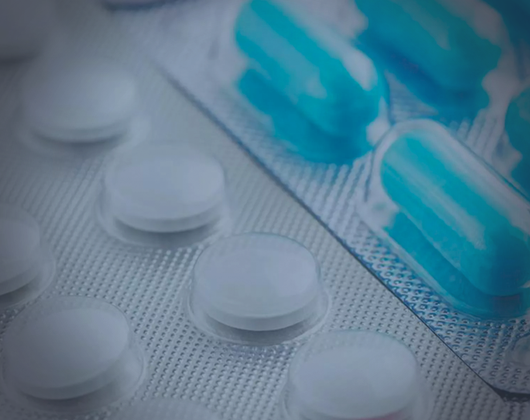We work in a dynamic and innovative industry, which is constantly seeking new ways to do things better in order to accelerate the availability of new medicines for patients. However, the approach towards Good Manufacturing Practice (GMP) manufacturing of pharmaceutical dosage forms for clinical and commercial use has largely remained unchanged over several decades, with a focus on batch processing at large scale, often requiring complex equipment trains. For oral dosage forms, this has proved highly successful in the development and delivery of dozens of blockbuster drugs to address huge clinical and patient needs.
However, in recent years, we have started to see a shift in the types of new therapeutics reaching the marketplace. More than half of new US Food and Drug Administration (FDA) drug approvals since 2018 have been for rare diseases, which are defined as affecting less than 200,000 people in the US or no more than one in 2,000 of the general EU population. This development has challenged our industry’s historical manufacturing paradigm. Batch sizes of hundreds of kilograms or millions of dosage units will no longer be required or needed. Instead, there will need to be a greater emphasis on small-scale, flexible manufacturing to address this demand, where product supply is fully tuned to the size and shape of these emerging patient populations.
Separately, we are also seeing drivers for personalization of new medicines. Bespoke, patient-centric dosage forms will become increasingly important to ensure optimal therapeutic outcomes, whether for tailored milligram/kilogram dosing, customization based on diagnostic or pharmacogenomic screening into stratified populations, or tuning of product composition or format to ensure acceptability in pediatric and geriatric age groups.
At Quotient Sciences, we have successfully pioneered the use of real-time, adaptive GMP manufacturing within a clinical study through our integrated Translational Pharmaceutics® platform. This unique approach enables us to respond quickly and flexibly to manufacture and supply bespoke products for healthy volunteers and patients based on study needs. What will be the next evolution…or revolution?
Additive manufacturing (also known as 3D printing) is now commonplace in many industries. However, for pharmaceuticals, it is still nascent and arguably balancing on the cusp of translation from academic research into industry practice. We do have regulatory validation with SPRITAM®, the FDA-approved commercial product launched by Aprecia in 2015, but what will the future impact of 3D printing be, given the changing dynamics in clinical research discussed above?
Undoubtedly, opportunities will exist within first-in-human (FIH) studies, when the use of an immediate-release (IR) oral solid dosage form is desired or required. Having the ability to select a unit dose strength with unique precision and manufacture a handful of tablets would drive significant efficiencies in time, cost, and active pharmaceutical ingredient (API) consumption during the single- and multiple-dose escalation study.
We see another key opportunity in the development of modified-release (MR) tablets. The ability for rapid prototyping and clinical assessments of fast- and slow-releasing formulations would allow expedited assessments of regional bioavailability in humans. This would make it possible to determine MR potential without necessarily investing in the development of conventional dosage forms, technologies, and processes. Simplicity is further enhanced by the unique ability for geometrically controlled drug release from a single formulation composition. For a new molecule with half-life risks flagged from in-vitro drug metabolism and pharmacokinetics (DMPK) studies, this assessment could be readily factored into the FIH study as an optional part if initial human data dictates.
A major impact will also be realized in patient trials for special populations, such as pediatrics, where bespoke dosage strengths may be required based on a child’s body weight or surface area, or where a personalized medicine may be required for palatability and acceptability to ensure patient compliance and desired therapeutic outcomes. Tailoring the product to the patient may also be needed in rare and ultra-rare disease populations, where recruitment for patient trials will be slow, unpredictable, and extended over many sites and geographies. 3D printing could ensure a sponsor gets the right product to the right place at the right time, either through a centralized manufacturing hub or remote printing operations.
Of course, challenges will exist, which will need to be circumvented. Key will be ensuring vertical integration of 3D printing operations, so prototypes used in early trials can be taken seamlessly into later-stage and commercial manufacturing. As another benefit, 3D printing should facilitate this in terms of scalability of the equipment, avoiding the need to manage product and process changes.
Through academic collaborations and projects with industry partners, Quotient Sciences is actively developing capabilities for the 3D printing of oral solid dosage forms and exploring their potential to further enhance agility for our customers within healthy volunteer and patient trials. As an organization with a culture focused on science and innovation, we are very excited to see how developments will progress in this space.

